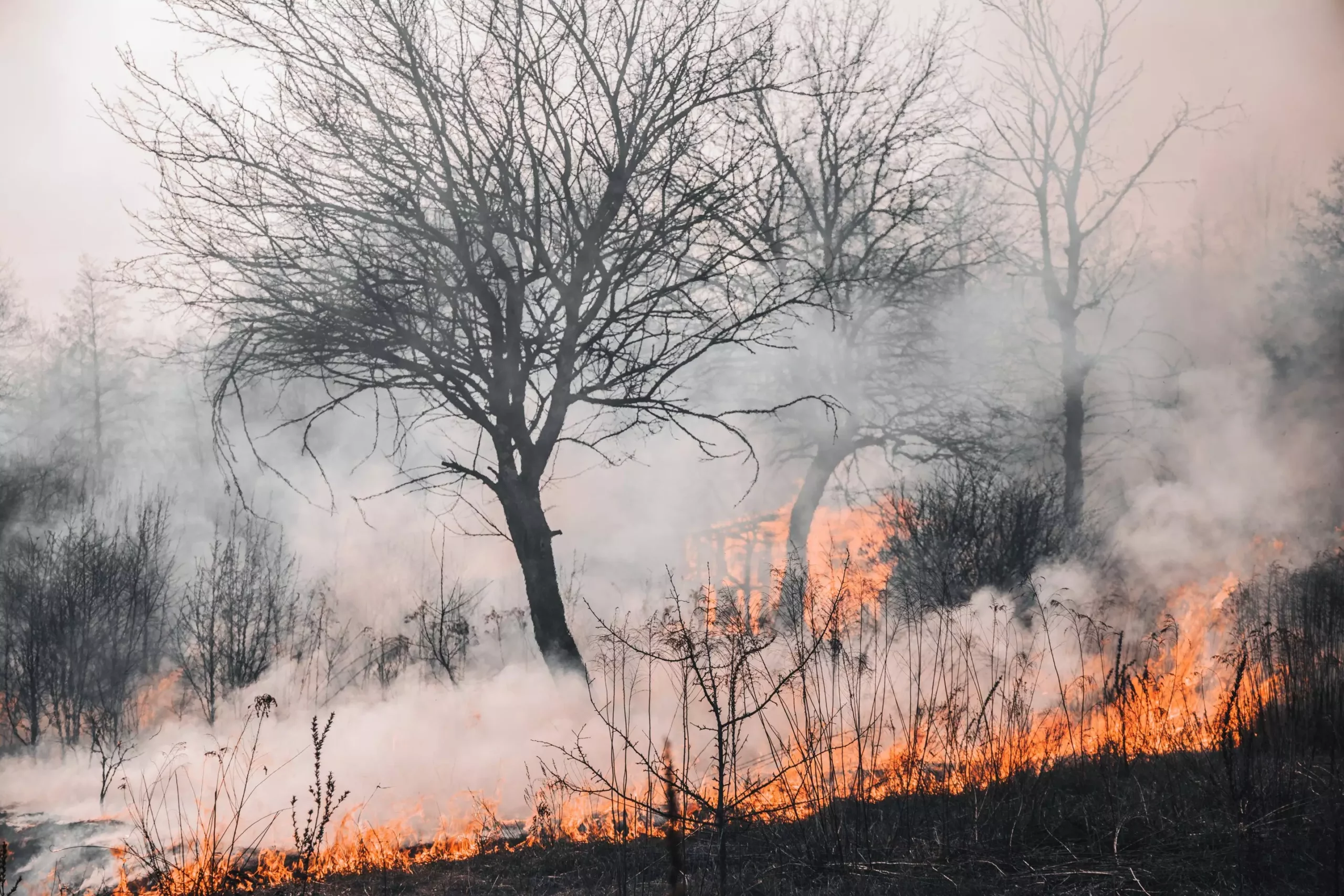In a stirring insight into the vulnerability of our earth’s protective layers, groundbreaking research from a collaborative team in China, Germany, and the United States sheds light on an unexpected consequence of large-scale wildfires: their profound influence on the ozone layer. This revelation, which elevates the urgency of understanding climate-related phenomena, suggests a causal link between wildfires and alterations in the ozone chemistry—a connection previously overlooked by environmental scientists. The recent publication in *Science Advances* chronicles how the notorious 2019/20 Australian bushfires unleashed a cascade of stratospheric changes that could jeopardize decades of progress achieved in ozone recovery.
The Montreal Protocol, established in 1987, heralded a monumental era in environmental advocacy by eliminating harmful substances that deplete the ozone layer. Spanning over three decades, the reduction of these ozone-depleting chemicals has allowed for the gradual healing of this essential atmospheric layer. However, this study introduces a troubling premise: our natural environment, particularly through wildfires, presents new and unpredictable challenges to this hard-won progress.
Smoke-Charged Vortices: A New Atmospheric Phenomenon
The researchers detailed how the 2019 Australian wildfires acted as a grand experiment in atmospheric dynamics, creating smoke-charged vortices (SCVs) that reached towering heights of 35 kilometers. According to Prof. Hang Su from the Institute of Atmospheric Physics, these whirling masses of smoke not only transported harmful emissions into the stratosphere but also drastically increased the burden of aerosols—tiny particles that can alter thermal dynamics and atmospheric chemistry. This new understanding of atmospheric turbulence challenges preconceived notions of wildfire impacts, revealing them as not merely terrestrial woes but also as global atmospheric players.
What is truly perplexing about the findings is the paradoxical duality of the effects produced by these wildfires. The study discovered a simultaneous scenario: while certain layers of the stratosphere suffered substantial ozone depletion, others experienced an increase in ozone levels. The interplay of chemical reactions facilitated by wildfire-induced aerosols, known for complex behaviors at various altitudes, elucidates a new dimension of atmospheric science that highlights both the fragility and resilience of our ozone layer.
Environmental Implications in an Era of Extreme Weather
The implications of these findings are extraordinarily significant, especially considering the global context of climate change. The increasing frequency and intensity of wildfires—an outcome predicted by climate models due to rising temperatures—signals that phenomena like SCVs could soon become commonplace. With wildfire smoke ascending into the stratosphere and influencing ozone dynamics, the delicate equilibrium that exists within our atmosphere stands to be irrevocably altered.
Moreover, the study indicates that the SCVs may persist for months, carrying substantial quantities of aerosols into the stratosphere. The capacity for these smoke-laden whirlpools to enormously buffer ozone loss—effectively absorbing and storing a significant proportion of harmful particles—could be seen as both a unique safeguard and an unpredictable threat. This dual nature necessitates rigorous ongoing research into how natural disasters might continue to transform the stratospheric landscape, particularly in a warming world.
The Road Ahead: Prioritizing Research and Adaptation
As environmental advocates reflect on the successes of the Montreal Protocol, they must now pivot toward the implications of new data presented in this study. While the international treaty marks a monumental achievement in ozone preservation, understanding the ramifications of wildfires is critical for future policies aimed at climate resilience. Our approach to environmental stewardship must evolve, taking into account the unintended consequences of natural events exacerbated by climate change.
This newfound complexity calls for enhanced vigilance in both research and policy-making. Scientists and conservationists alike are urged to embrace a holistic view of ozone dynamics that incorporates the impacts of large-scale wildfires. Expanding research to encompass how these phenomena interact with stratospheric chemistry could illuminate pathways for sustainable policies that equivalently consider Earth’s delicate biosphere as we march toward an uncertain climatic future.
In this dynamic interplay of knowledge and environmental change, every finding contributes crucially toward illuminating our global responsibility: not just to protect the ozone layer but to understand the myriad factors that influence its fate. As we peer into the rich tapestry of our atmosphere’s chemistry, we uncover vital lessons that may very well dictate the health of our planet for generations to come.

